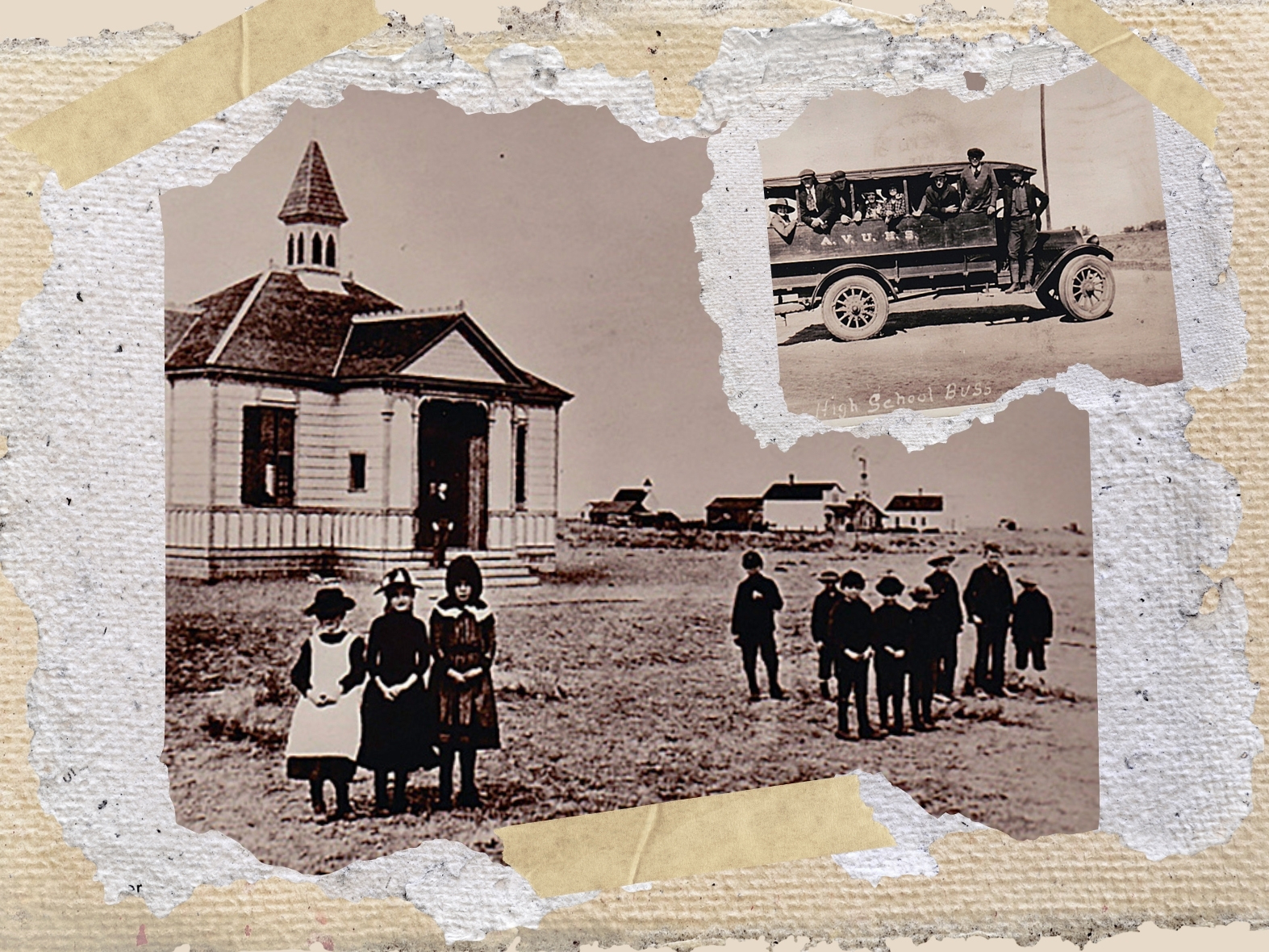
Southern Kern Unified Grows with Rosamond, Stays True to Its Roots
Thursday August 28, 2025


When the Southern Kern County Union Elementary School District first formed in 1926, there were just a few schools with fewer than 50 students between them. Nearly a century later, that district, rearranged and combined into the Southern Kern Unified School District (SKUSD) serves thousands of students across multiple schools, and offers early childhood education, adult classes, and everything in between. As the greater Rosamond area continues to grow, the district remains a hub of the community, where people gather, support one another, and access valuable information and resources.
Roots in a Rural Community
The story of SKUSD began with the 1926 consolidation of the Rosamond School District, founded in 1909, and the Willow Springs School District, established in 1904. Both served tiny rural populations with an Average Daily Attendance (ADA) of just 21 and 13 students, respectively. The West Antelope School District, founded in 1920 to serve a very sparsely populated area in west Antelope Valley, disbanded in 1946 due to low attendance numbers. The population of the rural community remained small until the Edwards Air Force Base in nearby Mojave was established, bringing more jobs and people to the area.


Photos Courtesy of Kern Antelope Historical Society (KAHS).
In 1960, the community came together in a vote to unify the district, combining Rosamond Elementary School and Hamilton Junior High School in Rosamond, and Tropico Elementary School in Tropico. Families approved of the measure because it also allowed Rosamond to build its own high school campus, instead of busing teenagers daily to Antelope Valley Joint Union High School in Lancaster. Gretchen Winfrey, longtime Rosamond resident, teacher, and president of the Kern Antelope Historical Society, remembers the vote.
“We had a group of very concerned, very intelligent, and very powerful people here in the community, and they wanted the high school kids here,” Winfrey said. “They not only had to get the taxpayers to agree to take on the burden, but they had to get the state to agree. It was quite something for this little, teeny, tiny community.”
Two years later, SKUSD officially came into being with Winfrey joining the ranks of the junior high school as a science, drafting, chorus, and math teacher. Rosamond High School opened just a few years later in 1966. Today, the district consists of two elementary schools: Rosamond and Westpark, Tropico Middle School, Rosamond High School Early College Campus, Abraham Lincoln Independent Study School, and Rare Earth Continuation High School.
Over the decades, Rosamond has experienced a surge in population, with many families relocating from the greater Los Angeles Area, drawn by affordable housing. Located right next to the county line, the area has become an attractive prospect for commuters working in LA, Lancaster, and Palmdale. The Air Force Base also employs many residents. Despite the continued population boom, Winfrey says Rosamond has never lost its small-town feel.

“You used to be able to call the wrong number and still talk to somebody you knew,” recalls Winfrey. “Nowadays, you still run into people when you’re out and about. There is still that element of a small town.”
By 2005, enrollment at SKUSD had increased to more than 3,000 students. The district expanded to accommodate growth, introducing new programs, reorganizing grades, and constructing additional schools. Winfrey, who taught multiple subjects across grade levels, saw firsthand how the district worked to keep pace with the changing needs of its students.
“The whole community has changed, and the school has done a phenomenal job of keeping up with that change,” she said.
Building for the Future
Superintendent Barbara Gaines has led the district since the 2019-2020 school year, the same year the world was hit with the COVID-19 pandemic. Just as other districts did, SKUSD struggled with the transition to distance learning, student isolation, and learning loss. Gaines remembers the schools shutting down right before spring break.
“There were many, many obstacles that I encountered that first year,” Gaines recalled. “Nowhere in your administrative credential does it say: here’s what you do when this happens. Fortunately, with the support of a wonderful team, we got through it.”
Now, as schools recover from the lingering effects of the pandemic, SKUSD is in a period of expansion and innovation. The district has embraced several construction projects, including improvements to the high school and a transition from portable to permanent buildings at the elementary and middle schools.
“We just built a beautiful new $14 million cafeteria at Rosamond High School Early College Campus that is just gorgeous,” Gaines said. “We built seven new buildings at Tropico Middle School with four classrooms each. One of our latest projects is a new boys’ and girls’ locker room at the high school. We’re in construction all over the place.”

The new cafeteria at Rosamond High School Early College Campus includes indoor and outdoor seating areas, a wall of inspirational quotes, and a mural showcasing Rosamond’s storied history.
Gaines says the district is in the early design phase for a new facility to house Career and Technical Education (CTE) pathways at the high school, as well as a new elementary school in Rosamond. She attributes this progress to the support of the community’s voters.
“Our community was very gracious and very generous this past election, and supported us by approving a $60 million bond,” Gaines explained. “That’s what we’re using for a couple of these projects.”
The new elementary school is just one of the ways the district is preparing for even more enrollment growth. Gaines said there’s a lot of room to grow in the outlying desert community, and she is already seeing new housing developments moving in.
“We predict that with the influx of the new homes being built, the day is going to come really soon that these two elementary schools are not going to be able to hold the number of students coming in,” Gaines said.

Higher Education and Career Connections
In addition to expansion, SKUSD is reshaping education for its students. The district now offers 14 CTE pathways, from welding and automotive to film and aerospace. Major airline industries, such as Boeing, Lockheed Martin, and Northrop Grumman, as well as Edwards Air Force Base, are looking to Rosamond for the next generation of students to join their workforce.
“We’re in the heart of the aerospace industry, and all of these industry leaders are really in great need of our kids when they finish the program,” Gaines explained. “They can finish on a Friday and have a job on Monday.”
Students also have the opportunity to earn college credits while in high school, with nearly 200 participating last year. Some go on to complete an Associate Arts (AA) degree, while others pursue a Bachelor’s degree at the university level. Gaines wants students to know that higher education may not be the first choice for every student, and regardless of their choice, they will have support.
“We are aware that perhaps only 15 percent of students are going to go on to that four-year university but there are so many other great options out there,” she emphasized.
One of the most distinctive programs in the district is the California Cadet Corps, a statewide public safety and leadership training program at both the middle and high school levels. Despite its name, the Cadet Corps is not solely focused on military training. Commandant Charles Wallis, who oversees the program, says only a few students choose to enlist in the military after serving in the Cadet Corps.
“We are not just here to give students a uniform and march; we are here to give them a pathway in life,” Wallis said. “A big part of our mission is to make sure the cadets have all the information they want about a career pathway, mostly related to public service.”
Nearly 300 students across SKUSD participate in the program, exploring opportunities in fields like public safety, firefighting, medical training, and aviation. The program teaches discipline, respect, military history, community service, and leadership; qualities Wallis says students can take with them into any industry. The program also introduces students to a wide range of experiences that expand their horizons and encourage them to try new things.
“We have a lot of opportunities that I don’t think we would have if we didn’t have this program, things like scuba diving, firefighting, glider flights with the Air Force Base; things that I would have never dreamed of doing when I was a student,” he said.
A Community Schools Model
One major shift in recent years has been SKUSD’s early adoption of the California Community Schools Partnership Program (CCSPP), which emphasizes supporting the “whole child” by addressing not only academics but also health, family, and community needs. The Community Schools model aims to partner schools with families, community leaders, and local businesses to provide wraparound services that benefit students.
“We had the pandemic, and everybody got a little disconnected. Coming back from it, there was a lot of need for support,” said Fallon Mitchell, SKUSD’s Community Schools grant coordinator. “I love that we have a superintendent who believes very strongly in that model and in supporting students and their families.”
The model is based on the idea that when communities receive necessary resources and support, families thrive and students are more likely to succeed, both in the classroom and beyond.
“You see it reflected in their engagement. You see it reflected in the students and their successes, their test scores, their graduation rates, all of that,” Mitchell said.
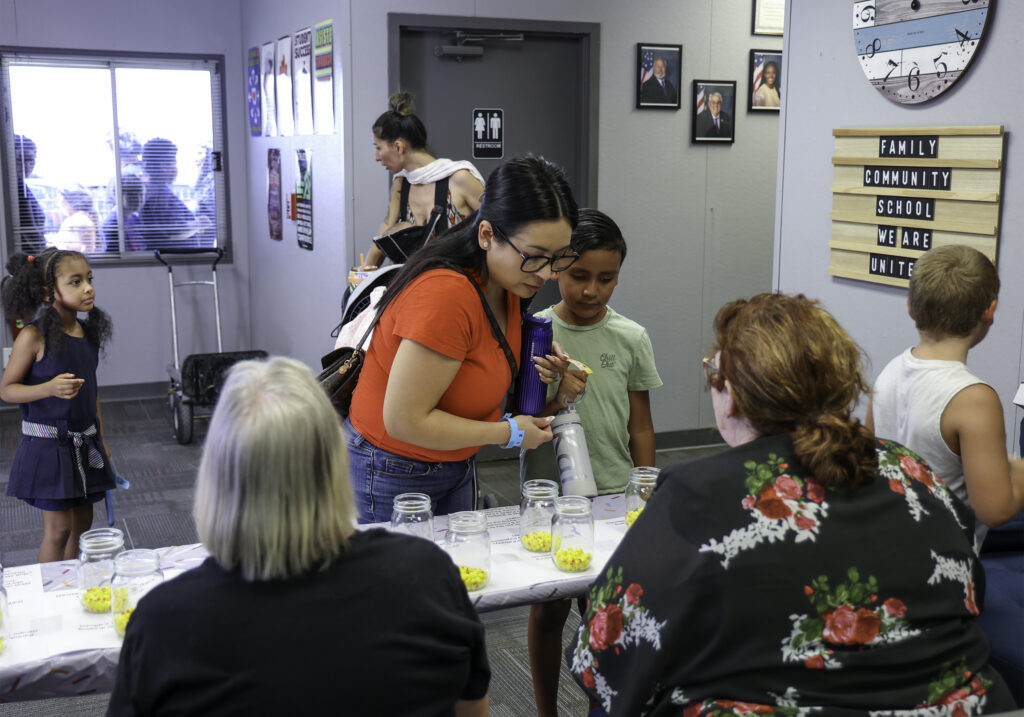
SKUSD seeks input from parents through surveys.
SKUSD used funding from the Community Schools grant to create a parent community center on the high school campus. The facility serves as a hub, where students, their parents, and community members can access information and resources, schedule meetings, use computers, and even attend free adult classes, all with input from students and parents.
“Nothing we do out of the parent community center is our idea. It comes from what the families and students want,” Mitchell said. “The great things that have happened have been because we listen to the families.”
Gaines agrees, saying the voices of students and families are the key to making the Community Schools model work.
“In this grant, student voice is critical, and we’ve got an active student group,” she said.
From free backpack drives and family events to mental health support and job fairs, the district has built a network of resources designed to ensure everyone gets what they need.
“I don’t want any of our babies to go without. It kills me when I see a student with their shoes falling apart because the family can’t afford them, or not having a backpack,” Mitchell shared. “I was that kid. I don’t want it to happen in our district.”
Since Rosamond is located in a rural desert community, more than an hour’s drive away from the county seat in Bakersfield, access to resources such as medical services is limited, especially for people who rely on county medical insurance coverage. Gaines says without support from community schools and the partnerships the district has formed, students may not have access to immunizations, dental services, or eye doctor visits.
“We do not have a doctor in Rosemond. We do not have an eye doctor or a dentist. We do not have a bank,” Gaines noted. “We sometimes hit barriers that perhaps people in other communities don’t hit. But we are learning. We are growing.”
Awards and Accolades
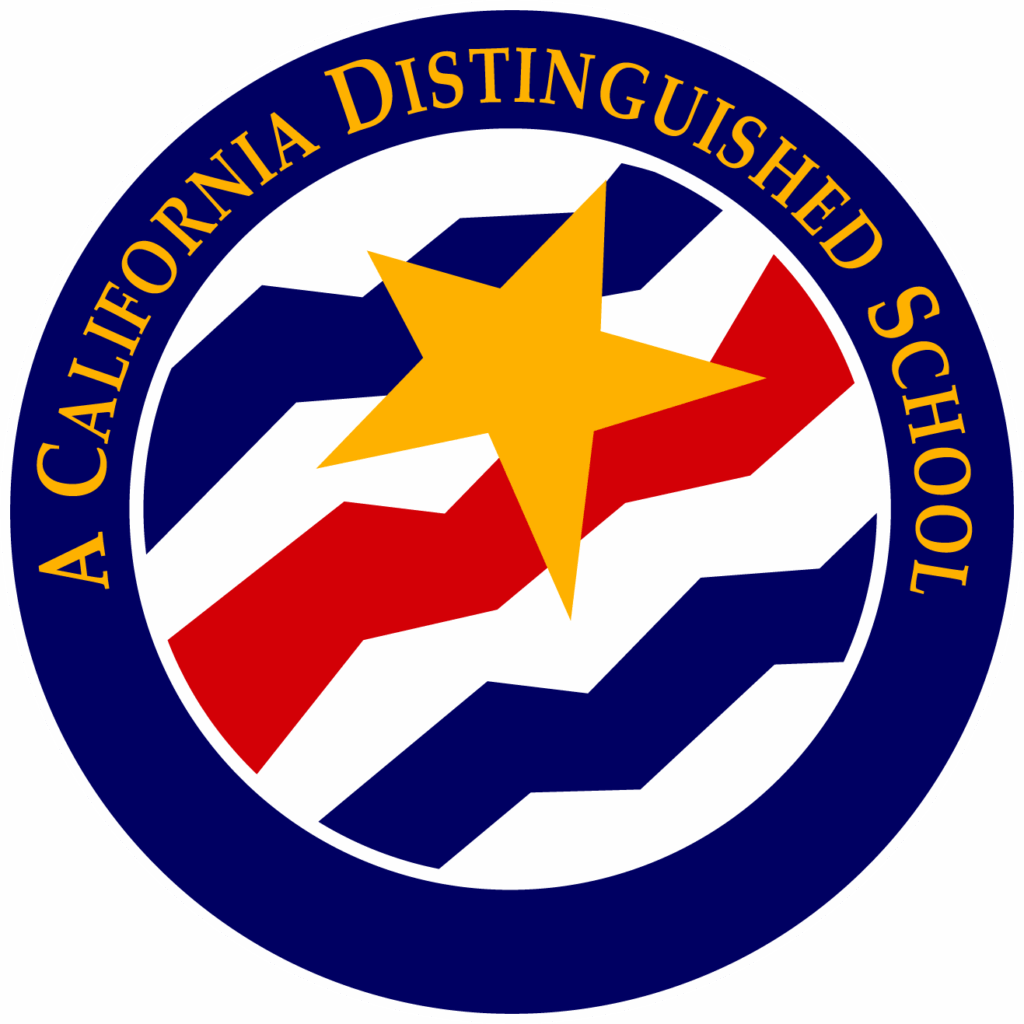
Despite the setbacks faced during the COVID-19 pandemic, SKUSD has set itself apart with its commitment to academic excellence. This year, Westpark Elementary School was one of only four schools in Kern County to be recognized as a California Distinguished School, one of the state’s top honors. A Distinguished School demonstrates outstanding academic achievement and significant progress in closing performance gaps among student groups. Judges look for criteria such as student attendance, suspension rates, as well as strong performance in English Language Arts (ELA) and math. Gaines says she was surprised by the news.
“We did not see that coming,” she said. “Westpark is a great school, but we weren’t thinking about receiving such a prestigious award. That just wasn’t in our mind at the time.”
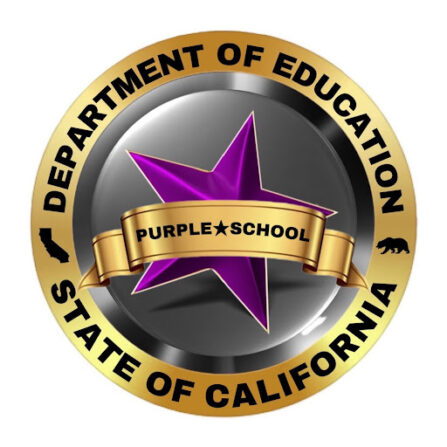
Three schools in the district, Westpark Elementary, Tropico Middle, and Rosamond High School Early College Campus, also achieved Purple Star status in the California Purple Star School Designation Program for their support of military families. Children of military personnel often relocate and transition between schools when their parents are on active duty. Purple Star Schools are recognized for their efforts to ease that transition and keep students on track to succeed. Services include providing social-emotional support, addressing gaps and overlaps in curriculum between schools, and avoiding course disruption.
Looking Ahead
More than 100 years after the first schools were founded, Southern Kern Unified has established its place as the heart of Rosamond. With continued construction, growing enrollment, and an expanding range of programs, SKUSD is preparing for the future while staying grounded in its small-town roots.
“Our numbers are going up,” Mitchell said. “I think once people get here, and they get into our community, they feel it’s a very tight-knit family-oriented district and community.”
After 30 years in education, Gaines said that the past six years, spent as a superintendent, have been a highlight of her career. Although she has no plans to retire anytime soon, she wants to ensure that the next superintendent inherits a district poised for even greater success.
“I have tried to preemptively think about the best moves I can make to benefit the community and the kids in this district long after I’m gone,” she reflected. “It is absolutely an incredible feeling when you know that you can change the life of your students.”
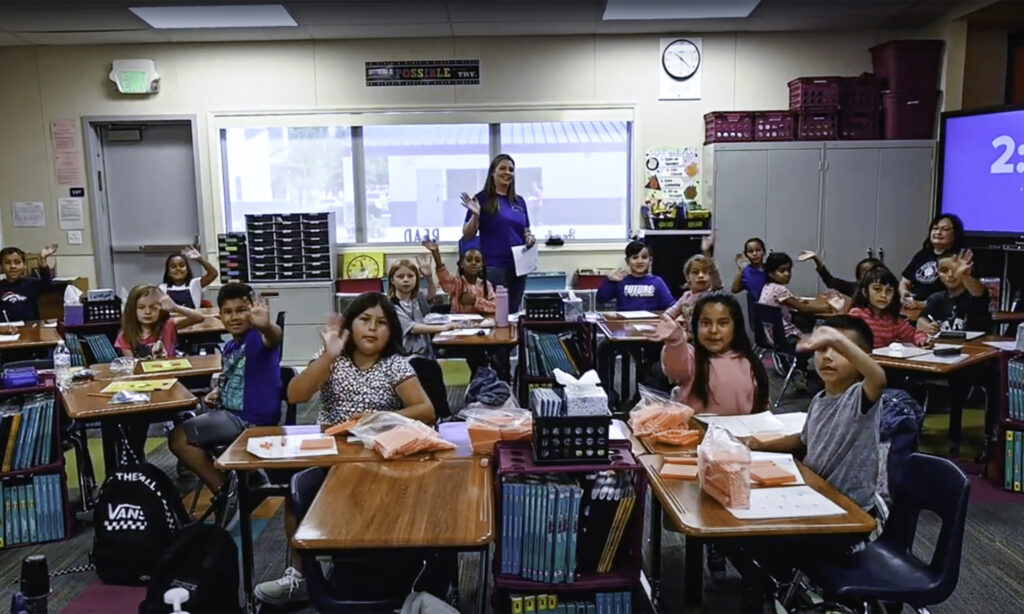
By Katie Avery
Katie Avery joined the Kern County Superintendent of Schools in 2023 as a Communications Specialist. As a former journalist and marketing professional, her passions include media and storytelling. Before joining KCSOS, Avery worked for various local TV stations as well as the health care industry.
